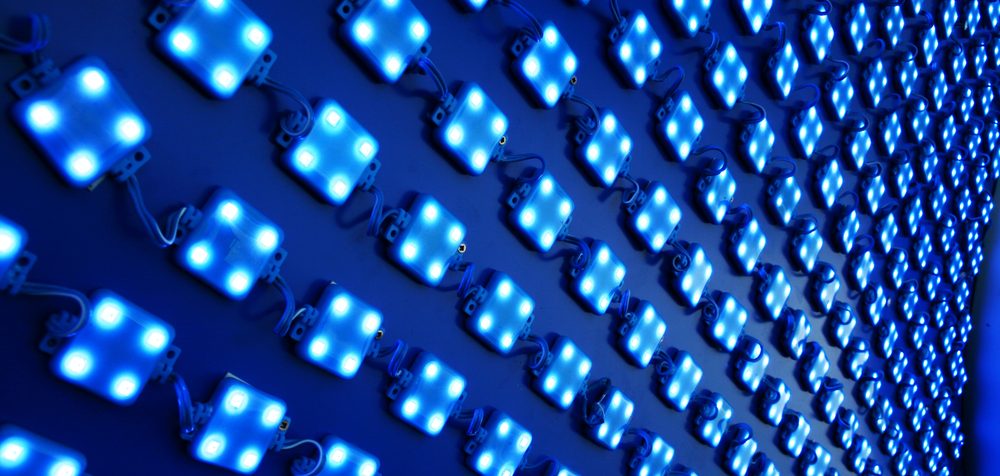
An international research team – from Kyushu University in Japan and Johannes Gutenberg University Mainz in Germany – has created a system that transforms blue LED light into high-energy Ultraviolet B (UVB) light. The new system offers a more sustainable and environmentally friendly solution for UVB applications.
UV light is subdivided into three types depending on its wavelength: A, B, and C. UVA contains the long-wave UV light that reaches the surface of Earth, whereas shorter-wave UVB and UVC are mostly absorbed by the ozone layer. Artificially produced UVB and UVC are useful in applications such as disinfection – with UVB specifically used in processes such as photochemical reactions, detoxification of pollutants, and wastewater treatment. It is also used in the medical field in treatments for skin disorders, such as eczema and vitiligo.
Currently, generating UVB requires sources such as mercury lamps, which are inefficient and toxic if improperly disposed of. The teams have been investigating generating UVB by ‘upconverting’ the light produced by LEDs.
“Blue LED light’s wavelength is the closest on the visible light spectrum to UV light. We’ve had success in converting longer-wavelength blue LED light into shorter-wavelength UVA. So, our next step was to find compounds that could convert blue LED light to UVB,” said Nobuhiro Yanai of Kyushu University’s Graduate School of Engineering. “With our collaborators at Mainz, we constructed candidate molecules and began screening their characteristics.”
They successfully discovered molecules that upconverted blue LED light into UVB, and were also able to avoid the use of heavy metals that are traditionally used in such processes.
“Our investigations show evidence for a hitherto unreported blue-to-UVB upconversion that is also an avenue for safer and more sustainable production of UVB,” concludes Yanai. “However, this first upconversion system is liquid-based and relies on several bimolecular reactions that hamper its stability and long-term usage. Moreover, the current rate of conversion is around 1%, naturally our next goal is to increase efficiency while developing reusable materials for versatile applications.”
